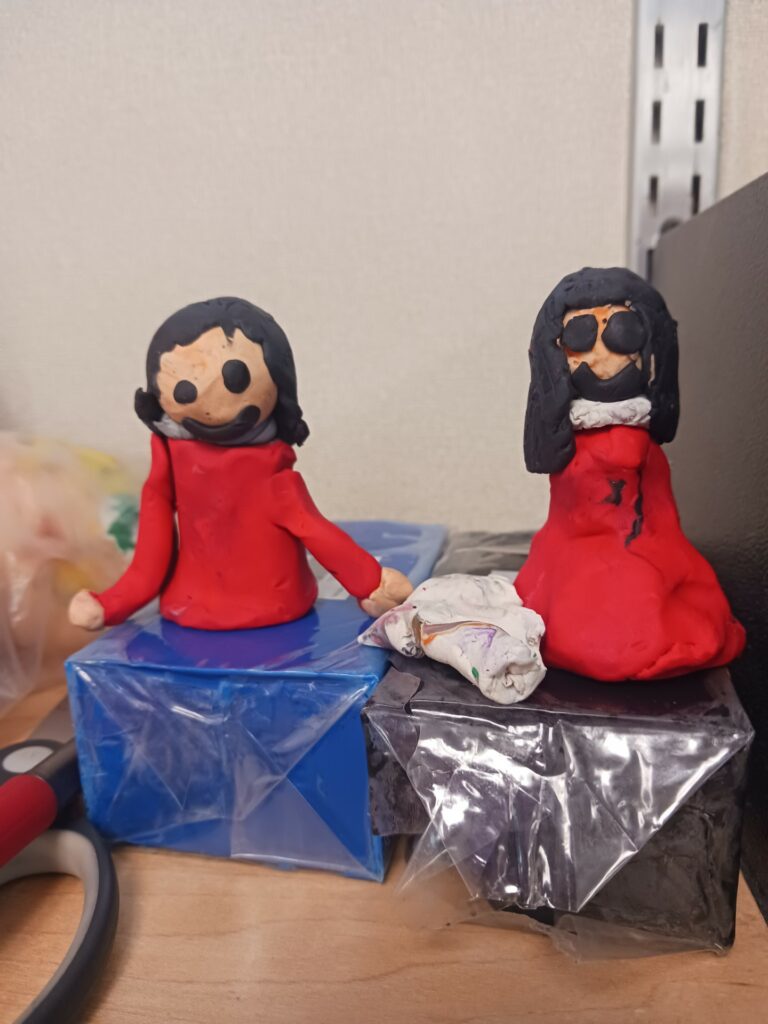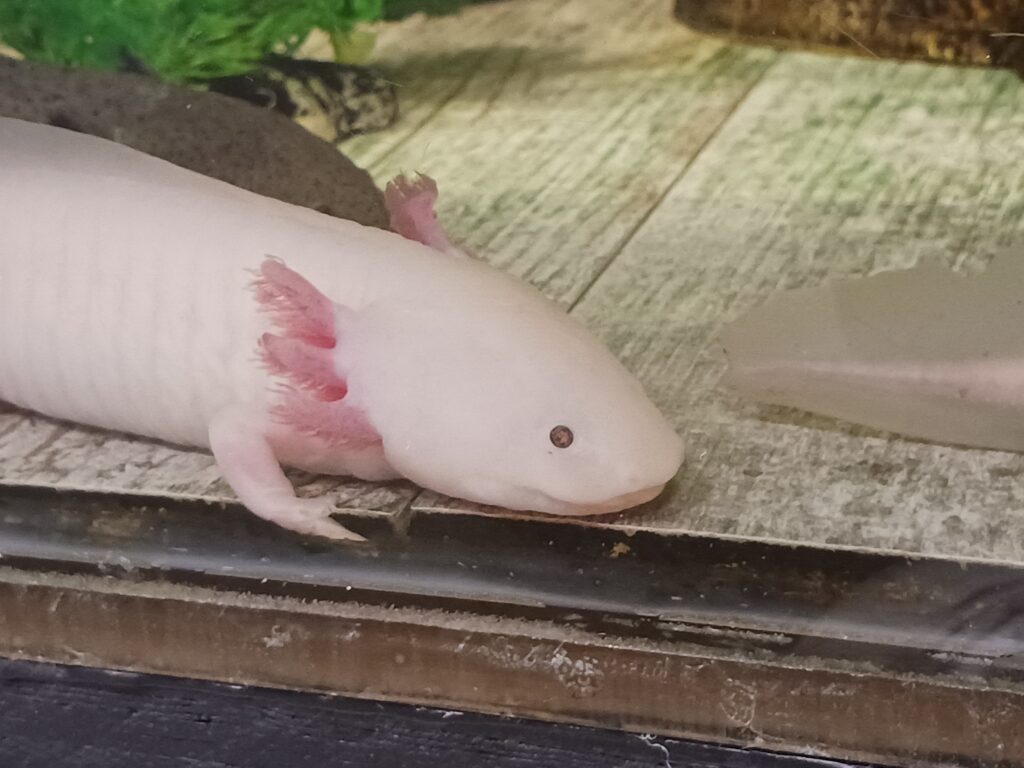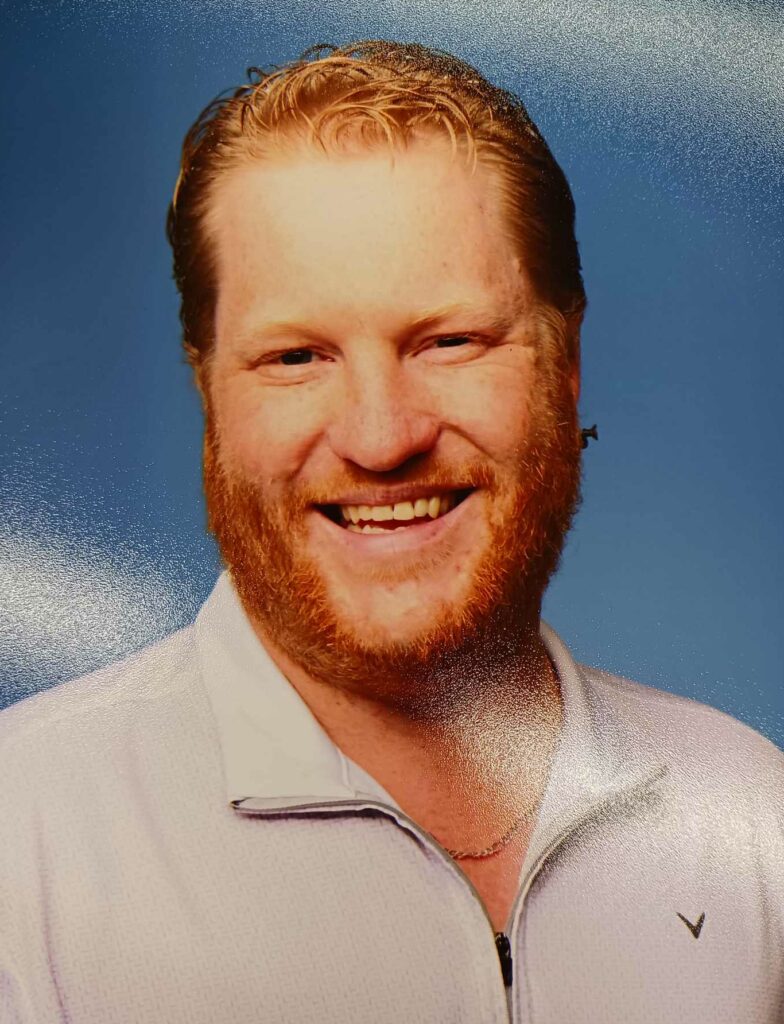When I first started to think about my personal pedagogy, and what kind of teacher I wanted to be, I didn’t really know. I knew what kind of teacher I didn’t want to be. I’m not like the other teacher candidates; I didn’t have any inspirational or role model type teachers growing up. There wasn’t any one teacher that made me want to become a teacher. On the other hand, I did have quite a few bad teachers, that gave me enough negative experiences to draw upon. So far in this course almost everything that I have learned has been the opposite of what I experienced as a child/youth. But even with those negative experiences, I still always knew I wanted to be a teacher. I can remember one of the first times I realized that I was meant to be a teacher. When I was in grade twelve, I attended a recruiting seminar for the RCMP. I remember the recruiter saying that to be in the RCMP was a calling, that you would know if you were meant to be one. Luckily, I knew I was not meant to become an RCMP. I did however, always know that I was meant to become a teacher. I found out that I had teachers (two of my great aunts) in my family, and my mother told me that I came by it naturally.
I always had an enate ability when it came to teaching. One of the main struggles that I encountered as a learner, was being taught by people that only communicated one way. This was very frustrating for me, because I leaned in a different way than most people. In my teaching I always tried to show multiple ways of instruction, so that no matter who I was teaching, I would give them a chance to learn in their in own way. I discovered that there was three basic ways of learning: hands-on, visual, and cognitive. Every person learns in one of these ways, or a combination of each. I found that by being attentive to this principle, I could be more successful in my instruction.
Neil Fleming also believed in this assessment; however, he added a fourth learning style: reading. “Fleming’s Visual, Auditory, Reading, Kinaesthetic (VARK) model of learning styles has become one of the most widely used assessments of learning styles.” Fleming believed “that an over-reliance on any one style and an unwillingness to adopt another style…might hinder learning”. (Bates, 2019, p. 120) David Kolb, Peter Honey and Alan Mumford also adhere to this belief.
Kolb’s Learning Style Model expands on this idea by adding that people take in information through concrete experience (doing) or abstract conceptualization (thinking) and that people internalize information through active experimentation (testing) or reflective observation (watching). (Bates, 2019, p. 122) Kolb believed that you should try to avoid catering to one learning preference, but rather try to develop other styles of learning. I agree with Kolb that instruction should contain various styles, but I also believe that you have to adapt to your learner’s strengths before you can introduce new methods.
Peter Honey and Alan Mumford have a similar diagnostic tool to Kolb’s Learning Style Model, with Activists, Theorists, Pragmatists or Reflectors as the four main learning types. Peter Honey and Alan Mumford also believed that you should encourage your “learners to come out of their comfort zones and try different styles of learning” (Bates, 2019, pp. 124-125) I agree with this theory, and I think that positivity is one of the key strategies to successful teaching.
I want to create a positive environment, where students feel free to express themselves and try new things. I also believe that good teaching requires good relationships with students. You can form these relationships by having a genuine care for your learners and their education. The best tools to accomplish this goal are communication and having a positive attitude. I don’t think I ever learned anything when I didn’t want to be somewhere. I want my classroom to be an inclusive place where all children feel welcome, and excited to learn. I believe that by modeling positive behaviors, and creating a sense of community, you can form meaningful relationships.
When I think about what grade/age range I want to teach it has always been kindergarten. I love the positivity that children have at this age. They aren’t tainted by the negative influences that will eventually lead to teenage angst. I also think it is important for children to have a strong, positive male role model at these early ages. Of course, my main pedagogical influence and muse is Friedrich Froebel.
Froebel created the main programme that would become kindergarten. He believed that there should be close links between home and school. (Bates, 2019, p. 208) I also believe this, and plan to have as much communication with my students’ parents as possible. Another interesting fact is that Frobel believed in a holistic approach to education, similar to the First People’s Principles of Learning, which I also adhere to. One of the things that I love about kindergarten is the focus on artistic creativity and musical expression. I consider myself a skilled artist, and I love the idea of blossoming that talent in my students. I also am very musical and I love to sing and dance. Kindergartener’s love singing and dancing.
From a philosophical standpoint I believe in a combination of perspectivism and existentialism. Friedrich Wilhelm Nietzsche’s philosophy that learning should be a collaboration and not a competition, is in line with what I believe as well. (Bates, 2019, p. 19) Positivity and encouragement are the keys to successful learning.
Similarly, Jean-Paul Sartre’s concept of existentialism is also inline with what I believe is paramount for success in education. I want to encourage learners to interact with each other and to be respectful of each other’s ideas. I also want to “foster an environment where creativity is allowed to flourish.” (Bates, 2019, p. 23) I can’t foresee myself straying from this fundamental pedagogical base, as it is akin to my character; I do however look forward to seeing what principles and philosophies I add to my list as I learn and grow in this program and my career.
















